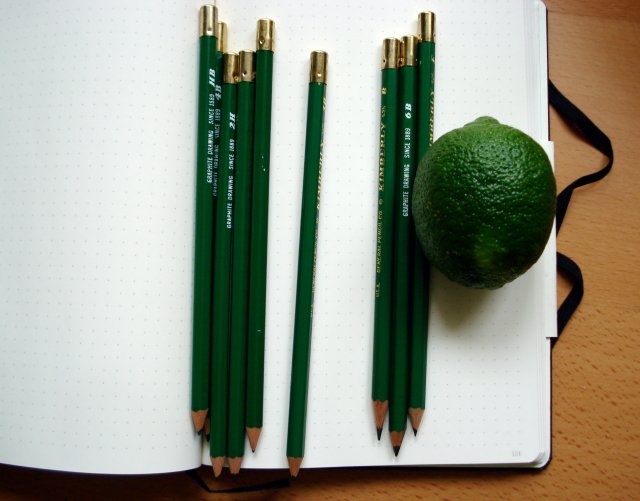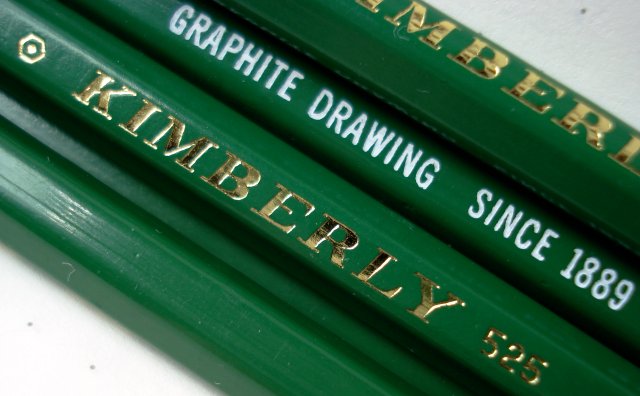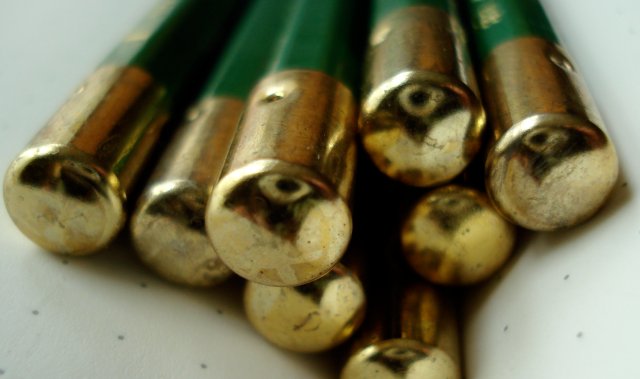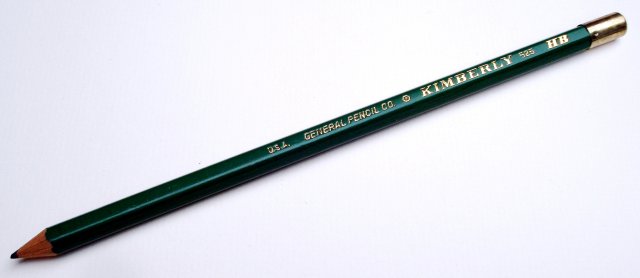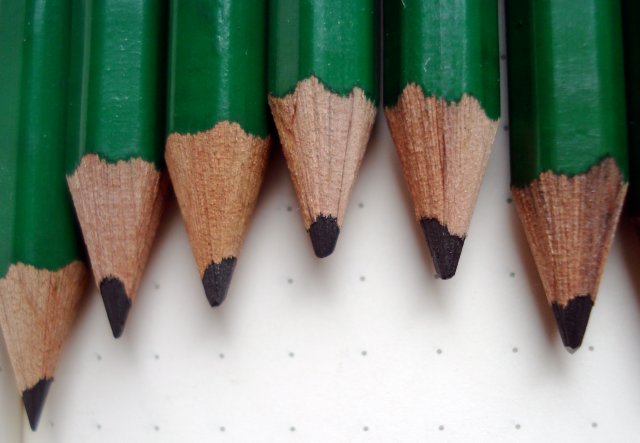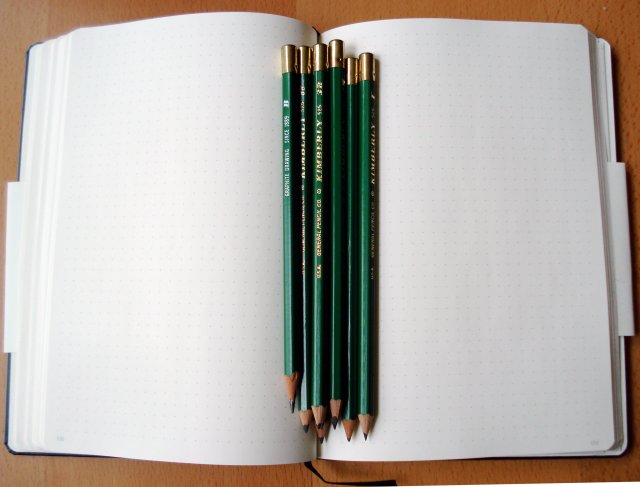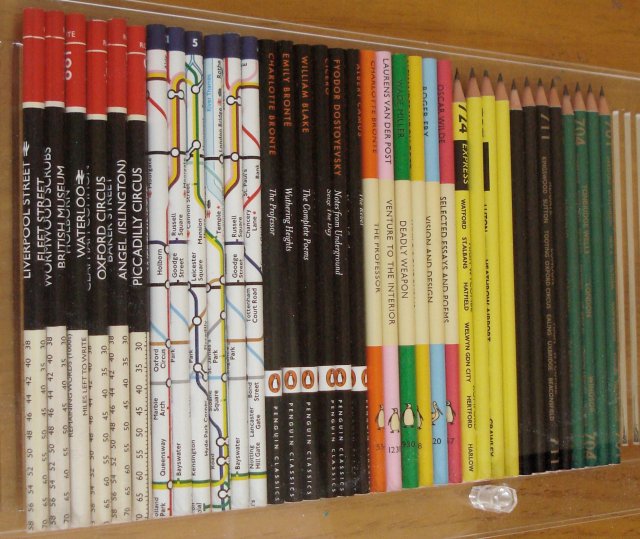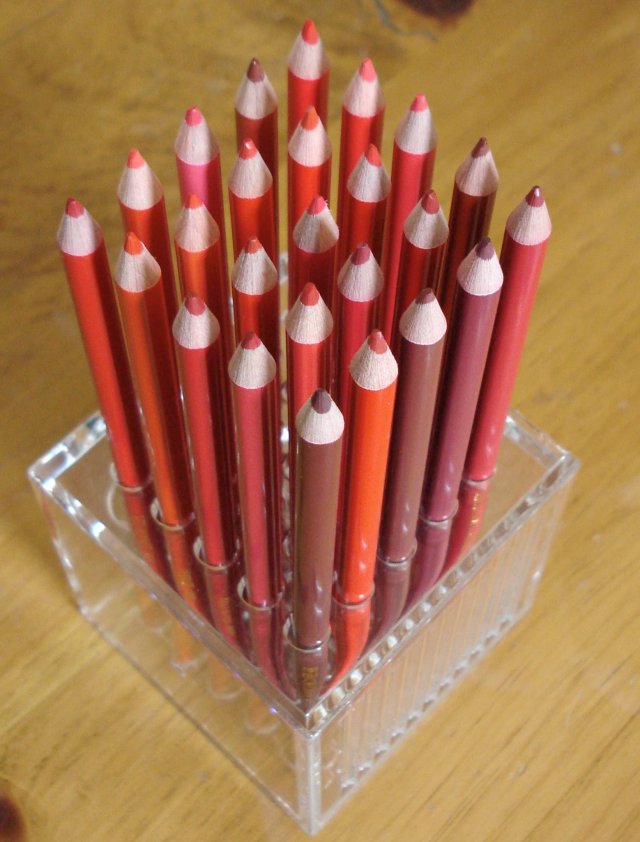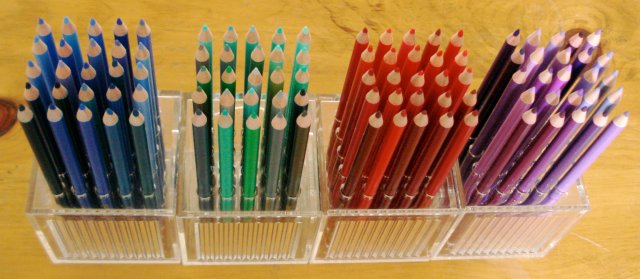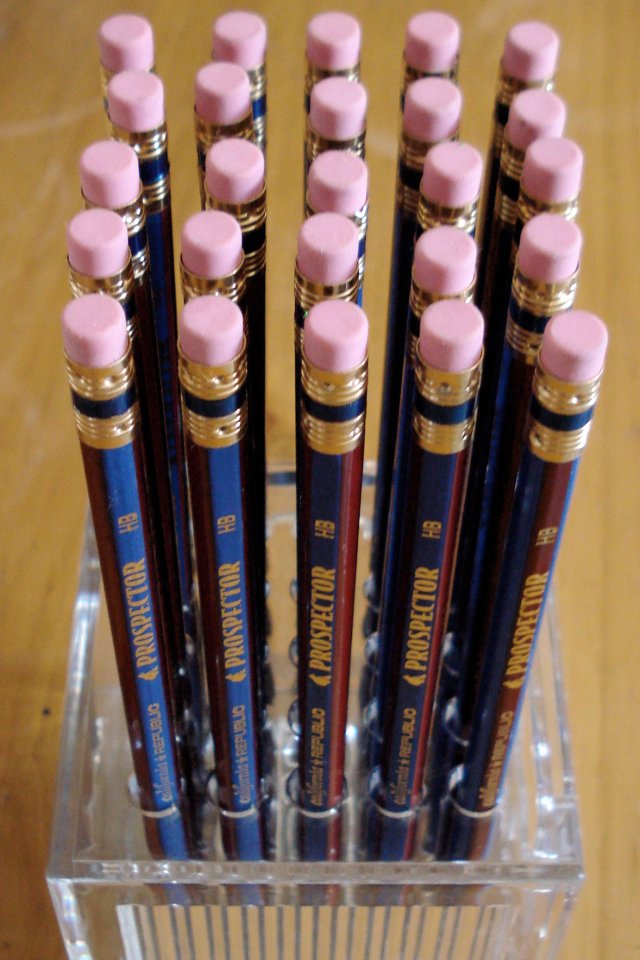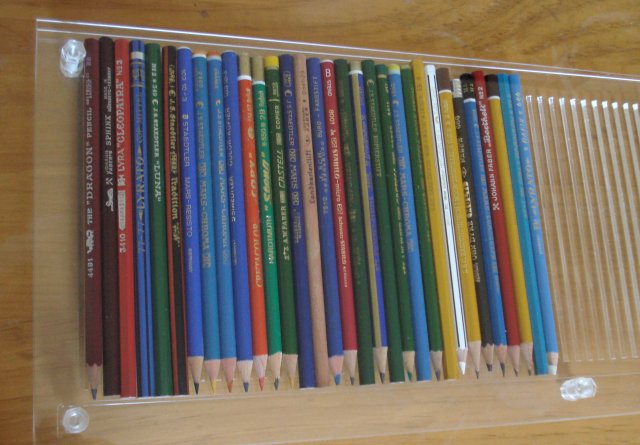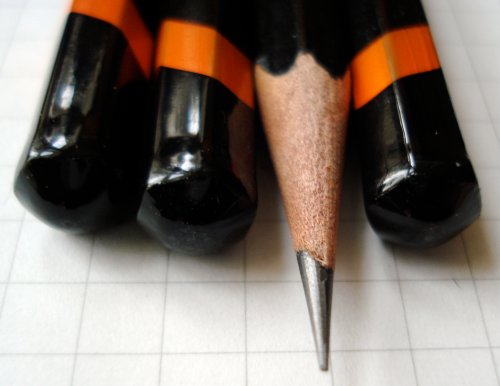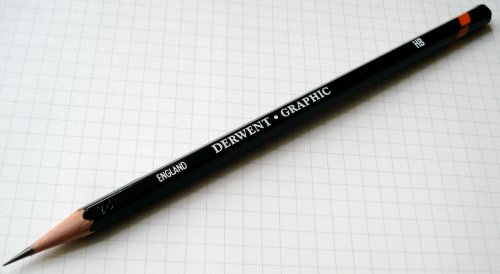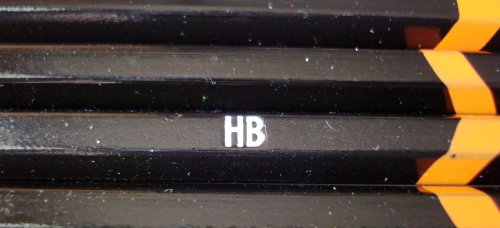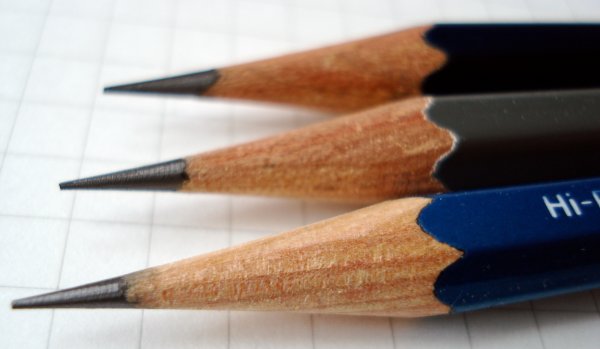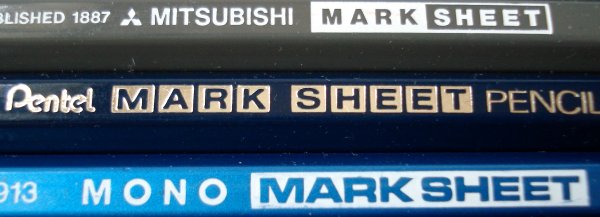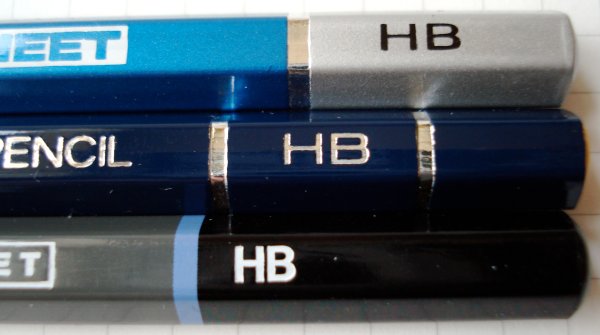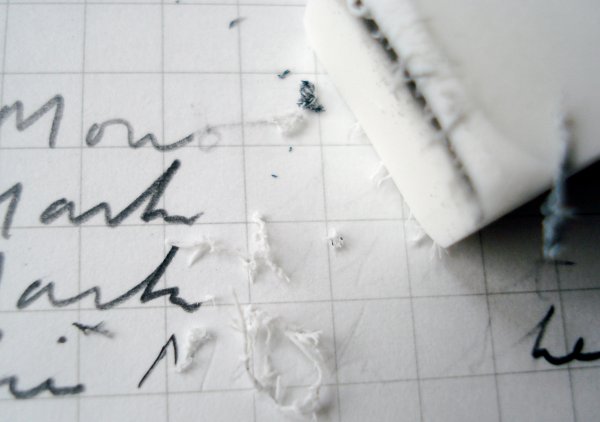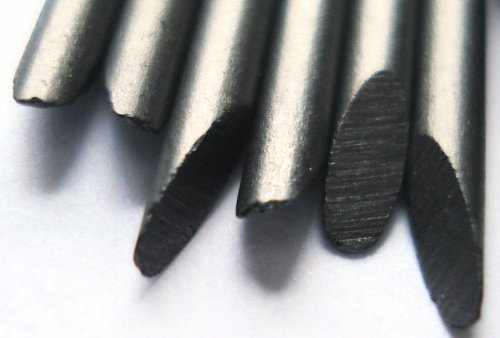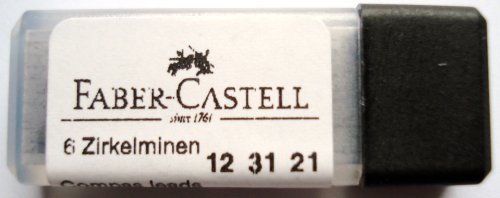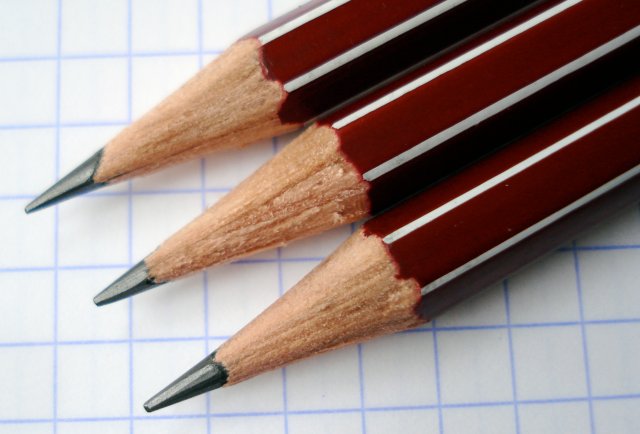
At just 155 years old, Stabilo is the youngster among the Nuremberg (Nürnberg) pencil companies – Faber-Castell is the eldest at 249, and Lyra and Staedtler are in the middle at 204 and 175 respectively.
A pencil maker in origin, Stabilo now includes cosmetic products and backpacking gear in their corporate umbrella.
Their stationery products definitely display trendy and youthful themes aimed at a young demographic, and I suspect woodcase graphite pencils are now a very small portion of Stabilo’s business. Of their eight or so pencil lines, I’ve only seen the all-purpose “All” line for sale in person. In contrast, their highlighters and markers seem almost ubiquitous.
The Opéra seems to be a writing line, offered in HB, B, and 2B. The pinstripes on the pencil edges echo the better known Othello line.
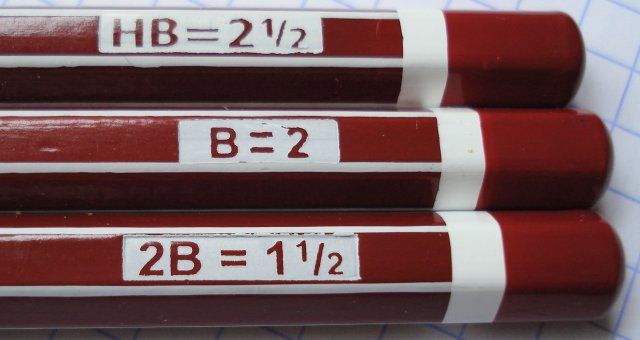
With white lettering and striping on a light burgundy body, the pencil strikes my eye as one of the most appealing on the market, and trumping the Othello. The restraint and simplicity are commendable.
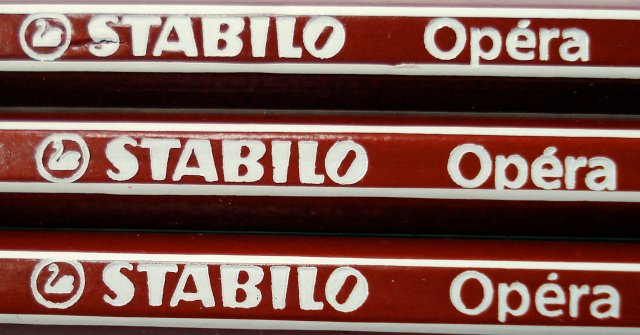
The details:
Name: Opéra.
Full name and model no: STABILO Opéra. The pencil does not display a model number, but the packaging indicates “285”.
Manufacturer: Schwann-STABILO of Heroldsberg, which is apparently about 20km from Nürnberg. The pencil packaging states “Made in CZ”, and Stabilo’s website indicates that their woodcase pencils have been made in the Czech Republic since 1992. (Some of the newer Stabilo pencils such as the Exam Grade state they are made in Indonesia.)
Stabilo seems to be doing some innovative things. They have launched a flagship store in Vienna (Wien) that looks really amazing. Notice the pencil shape!
They have put some of the construction online at YouTube:
http://www.youtube.com/watch?v=VRD1HVGvwdg
If you browse further via that video, you can find television commercials by Stabilo for various markets such as Brazil and Malaysia.
They also have various localized websites such as this one for Stabilo Japan. They sell some interesting items I like such as this desk pad.
Background: I can’t find much on the background of this particular pencil line. There is understandably no trademark attached to the “Opéra” name, and I wonder why it would have been chosen.
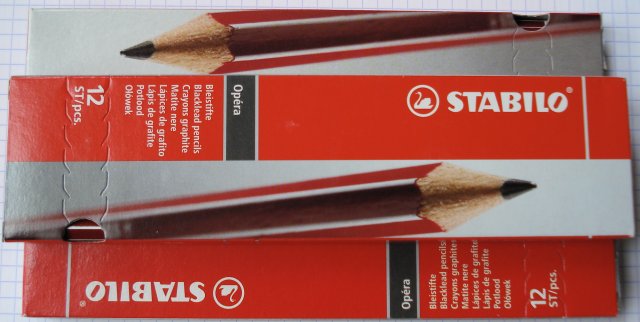
Weight: About 3.9g.
Dimensions: Rounded hexagon with finished cap. Standard (~175mm) length.
Appearance: The pencils are hexagonal and sharpened. The factory sharpening is quite good – none of that scraped look that many other manufacturers seem to offer.
The pencil is marked:
Stabilo Opéra HB=21/2 (white coloured text)
The reverse says:
EAN No., Bar Code (white coloured text)
Grip: Nothing unusual to note.
Sharpening: The pencil sharpens easily. I am not sure of the species of wood used.
Writing: This is a relatively inexpensive pencil, even when procured via mail order. I was very happy to find a smooth, dark line readily produced by the lead. Each grade seems a shade different. I think it’s an excellent writer on a variety of paper types. The 2B really pops on an Exacompta Bristol card.
Erasure: A Pilot Foam eraser had no trouble with erasure.
Overall: The pencil looks great, writes well, and is inexpensive. A hard to beat combination. I’m very happy to have discovered the Opéra, and look forward to exploring Stabilo’s other graphite pencil offerings.

